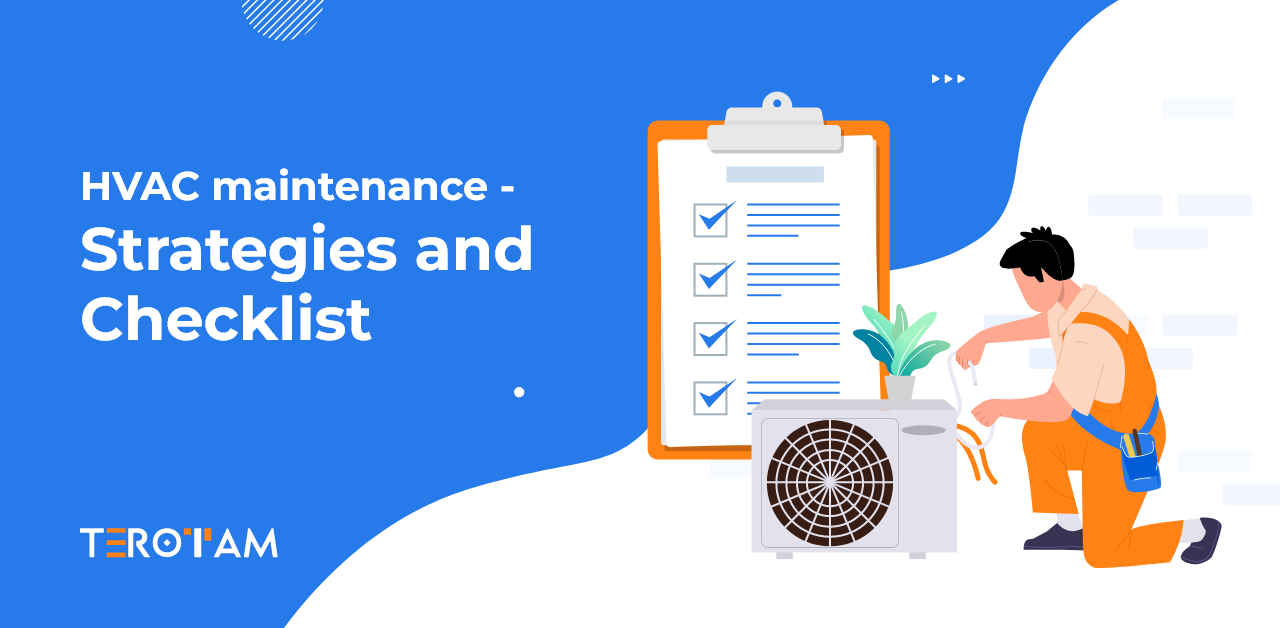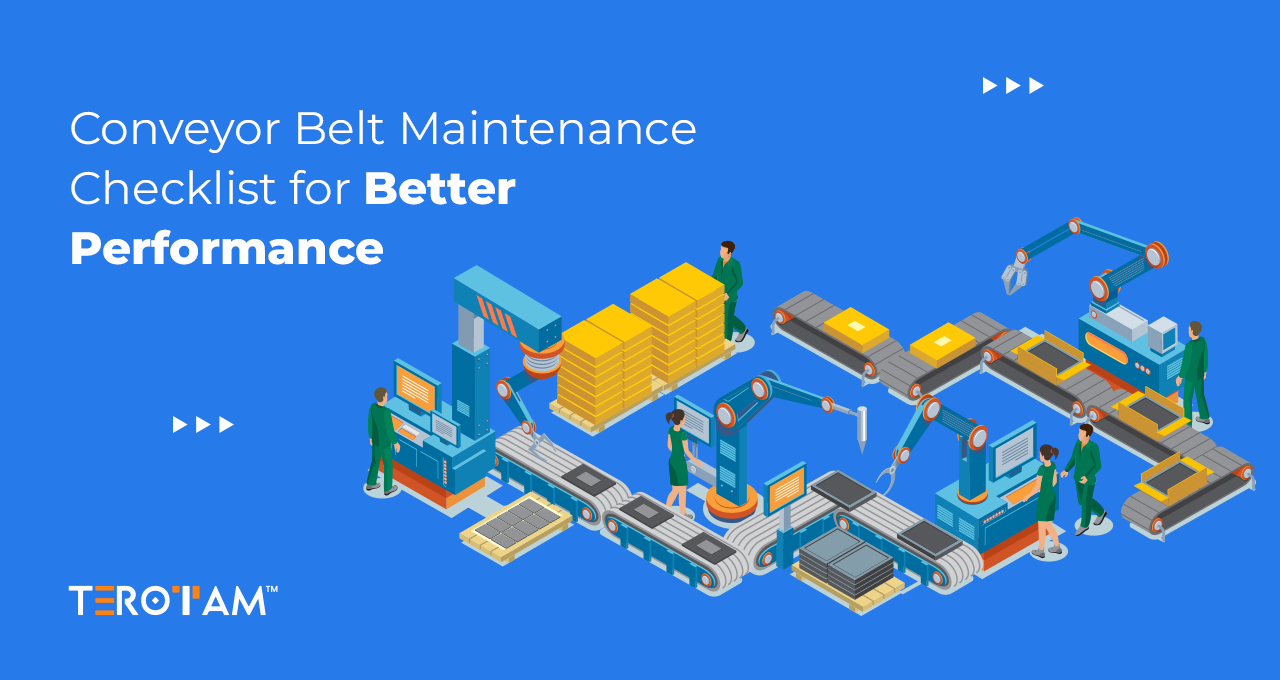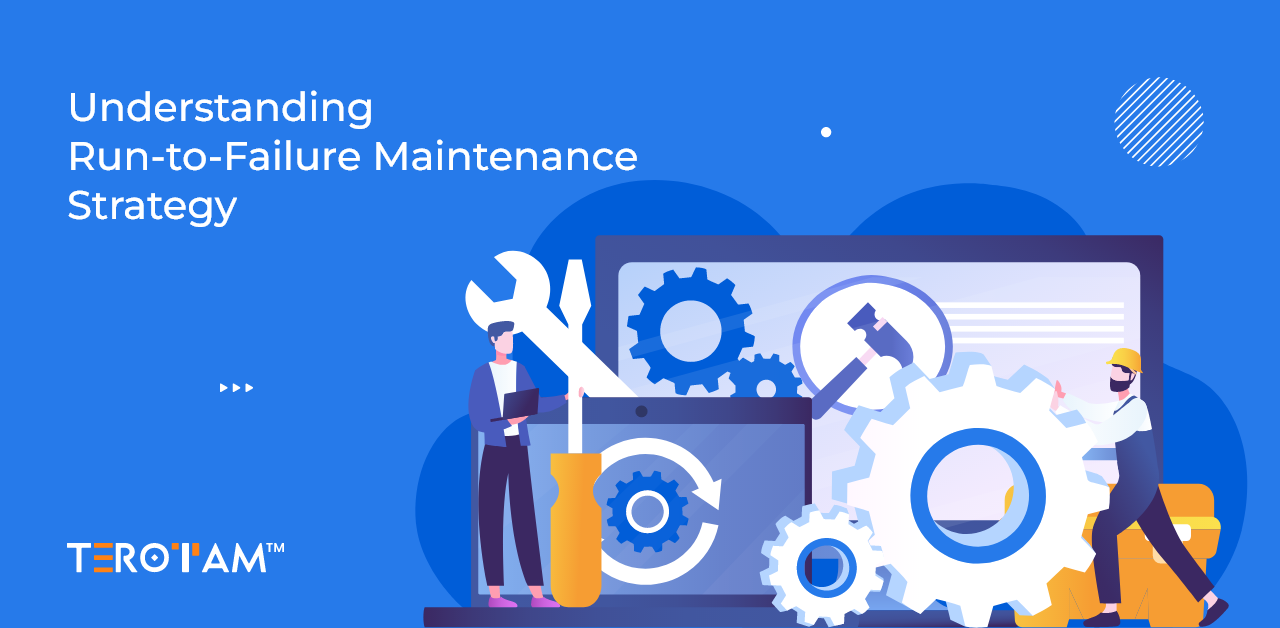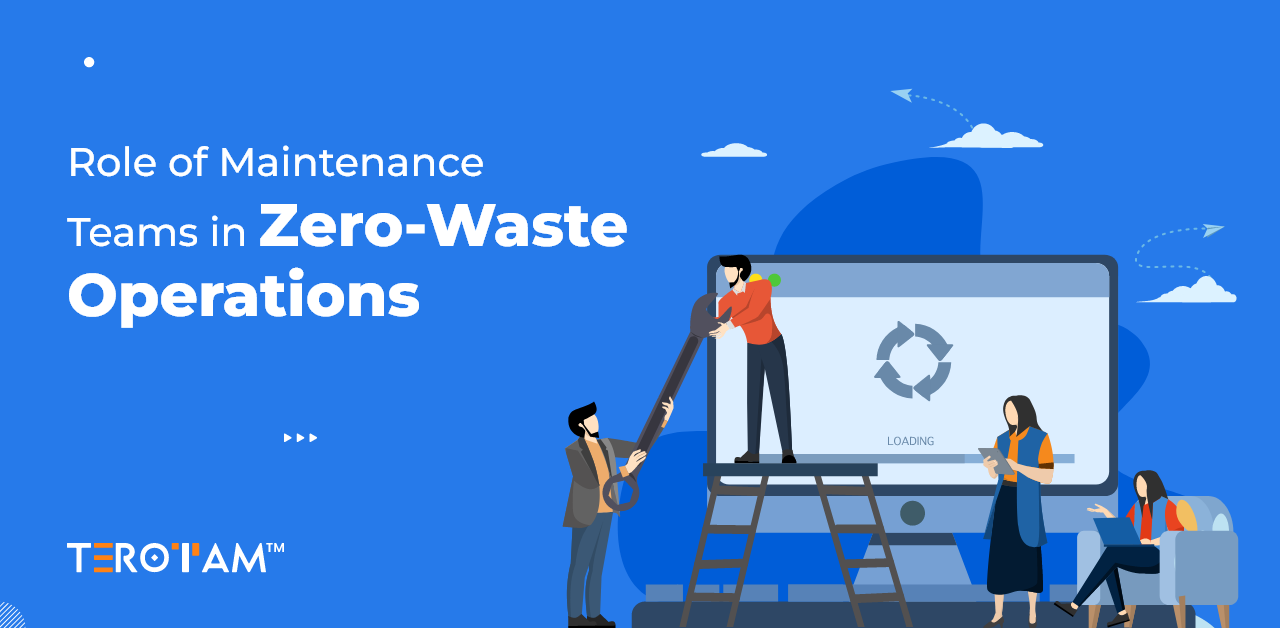Maintaining HVAC systems in commercial or large-scale environments is essential for ensuring reliable operation, improving energy efficiency, and extending the lifespan of components. Proper maintenance minimizes downtime, reduces repair costs, and ensures a healthy indoor environment.
This article outlines effective HVAC maintenance strategies and provides a practical checklist for professionals in this field.
Key HVAC Maintenance Strategies
System Inspection and Diagnostics
Regular inspections and diagnostics are critical to identifying potential problems before they result in system failure. This approach allows for early intervention, improving system efficiency and preventing costly repairs. Key areas to check include:
- Refrigerant Levels: Inadequate refrigerant levels can strain the compressor and reduce cooling efficiency. Maintaining proper levels ensures the system operates efficiently.
- Condensate Drainage: A clogged condensate line can cause water damage, mold growth, and system malfunctions. Routine checks are necessary to keep lines clear.
- Airflow Testing: Proper airflow is vital for the efficiency of the HVAC system. Reduced airflow may indicate issues such as clogged ducts or malfunctioning fans.
Maintenance Tip: Use smart diagnostic tools to monitor system performance and detect issues that may not be visible during a basic inspection.
Cleaning Filters and Coils
Air filters and coils are key components that directly affect system efficiency. Dust, dirt, and other debris can accumulate over time, restricting airflow and causing the system to work harder.
- Air Filters: Change or clean air filters regularly, typically every 1-3 months depending on the level of use.
- Evaporator and Condenser Coils: Clean the coils annually or more often if operating in a dusty or humid environment to prevent dirt buildup, which reduces heat transfer and can cause system failure.
Maintenance Tip: Ensure coils are thoroughly inspected during cleaning for signs of refrigerant leaks or corrosion that could impair system performance.
Duct and Vent Cleaning
Dirty ducts and vents can severely limit system performance and air quality. Over time, dust, mold, and other particles can accumulate, leading to decreased efficiency and potential health risks. Ductwork should be cleaned every 2-3 years, or more frequently if there are signs of excessive dust or humidity.
Maintenance Tip: During cleaning, apply antimicrobial agents to prevent mold or bacteria buildup in the ducts.
Thermostat Calibration
Accurate temperature control is crucial for optimizing HVAC performance. A miscalibrated thermostat can cause the system to run longer than necessary, leading to increased energy consumption.
Maintenance Tip: Verify the thermostat’s accuracy using a digital thermometer to ensure that the settings align with the actual temperature of the space.
System Lubrication and Component Checks
Many HVAC systems contain moving parts that require periodic lubrication to reduce wear and tear. Proper lubrication prevents friction, which can lead to mechanical failures and inefficiencies.
- Fan and Blower Motors: Lubricate these components annually to ensure smooth operation.
- Belt and Pulley System: Regularly inspect belts for signs of wear, cracks, or looseness to avoid breakdowns.
Maintenance Tip: Always use the manufacturer’s recommended lubricants to avoid damage to system components.
Ideal HVAC Maintenance Checklist
A well-organized checklist helps ensure a thorough, efficient maintenance process. The following checklist can be used to guide the inspection and servicing of HVAC systems.
1. System Inspection
- Check refrigerant levels and ensure correct pressure.
- Inspect all system components for signs of wear, corrosion, or damage.
- Verify condensate drainage is functioning properly.
- Test the thermostat for accurate temperature control.
- Ensure proper airflow through ducts and vents.
- Look for signs of leaks in ducts, pipes, or fittings.
2. Filter and Coil Maintenance
- Replace or clean air filters every 1-3 months.
- Inspect and clean evaporator and condenser coils.
- Check coils for refrigerant leaks or corrosion.
- Ensure coil fins are straight and free from debris.
3. Duct and Vent Cleaning
- Clean air ducts and vents to remove dust, dirt, and allergens.
- Inspect for mold or microbial growth in ducts.
- Ensure that vent covers and grilles are free from blockages or damage.
4. System Lubrication
- Lubricate fan and blower motors to prevent friction.
- Inspect belt tension and condition, and replace if needed.
- Grease moving parts, such as dampers or actuators.
5. Performance Testing
- Test the system under load conditions to assess its efficiency.
- Check airflow rates and adjust ductwork if necessary.
- Verify the operation of the compressor and other critical components.
- Measure system pressures to ensure refrigerant levels are correct.
How Often Should You Perform HVAC Maintenance?
The frequency of HVAC maintenance plays a critical role in the efficiency and longevity of your system. Regular upkeep not only prevents breakdowns but also optimizes performance and energy consumption. Here’s a breakdown of how often different tasks should be performed to keep your HVAC system in peak condition:
- Monthly Maintenance
- Inspect and Replace Air Filters: Air filters can get clogged quickly, especially in high-traffic areas or during periods of heavy use. Check filters at least once a month and replace or clean them as needed.
- Check Thermostat Settings: Ensure the thermostat is working correctly and adjust settings if needed to prevent the system from running unnecessarily.
2. Quarterly Maintenance (Every 3 Months)
- Inspect Air Vents and Registers: Ensure air vents and registers are open, clean, and free from obstructions to maintain optimal airflow.
- Check Refrigerant Levels: Low refrigerant levels can strain the system and cause inefficiency. Inspect refrigerant levels quarterly to ensure they are within the recommended range.
3. Bi-Annual Maintenance (Twice a Year)
- Inspect and Clean Coils: Clean the evaporator and condenser coils every six months to prevent dirt and debris buildup, which can impair heat exchange and cause the system to overheat.
- Check Condensate Drainage: Inspect condensate lines to ensure they are clear of clogs and that water drains freely. This helps prevent water damage and mold growth.
- Lubricate Moving Parts: Apply lubricant to motors, belts, and other moving parts to reduce friction and prevent premature wear.
4. Annual Maintenance (Once a Year)
- Full System Inspection: A comprehensive inspection should be conducted at least once a year to identify any signs of wear or malfunction in the system components. This includes checking the compressor, blower motor, heat exchangers, and ductwork.
- Clean Ductwork: Ducts should be cleaned every 1-2 years, depending on usage and environmental factors. Cleaning removes dust, dirt, and allergens, ensuring cleaner air and efficient airflow.
After Major Changes or Heavy Use
- If there’s been a significant temperature change, extreme weather events, or heavy use of the system (such as during summer or winter months), a mid-season checkup is recommended to ensure everything is operating as it should.
How Can a CMMS System Help Streamline HVAC Maintenance Management?
A Computerized Maintenance Management System (CMMS) is a powerful tool for optimizing HVAC maintenance by automating processes, improving efficiency, and reducing costs. Here’s how it can benefit your HVAC management:
Centralized Data Management
A CMMS stores all HVAC maintenance data in one place, providing easy access to equipment histories, schedules, and performance metrics. This ensures informed decision-making and reduces errors from manual record-keeping.
Automated Scheduling and Reminders
CMMS automates maintenance schedules, ensuring that routine tasks like filter changes and system inspections are performed on time. Automated reminders help prevent missed maintenance, improving system reliability.
Performance Tracking and Reporting
Track key performance indicators (KPIs), maintenance costs, and equipment performance over time. Reports generated by a CMMS help identify trends, assess maintenance effectiveness, and make data-driven decisions for improved HVAC management.
Resource and Inventory Management
CMMS platforms track parts inventory and technician schedules, ensuring that the right resources are available when needed. This improves task efficiency and reduces downtime associated with parts shortages.
Predictive Maintenance
Advanced CMMS systems integrate real-time monitoring and analytics to predict potential failures before they happen. Predictive maintenance helps to address issues proactively, reducing unexpected breakdowns and costly repairs.
Compliance Tracking
A CMMS can store compliance documents and schedule necessary inspections, ensuring that HVAC systems meet regulatory requirements and safety standards, reducing the risk of legal issues.
Improved Communication
With a CMMS, technicians can log work orders, track progress, and communicate system issues directly, improving coordination and reducing the chances of miscommunication between teams.
Conclusion
Regular HVAC maintenance ensures long-term performance, improves energy efficiency, and prevents costly repairs. Implementing effective strategies such as system inspections, cleaning, and calibration will enhance system reliability and create a healthier and more comfortable environment.
If you are looking for expert assistance in HVAC maintenance, don’t hesitate to get in touch with us. For more information or to schedule a service, contact us at contact@terotam.com. Our team is ready to help you maintain your HVAC systems at optimal efficiency.








